Technological Innovations
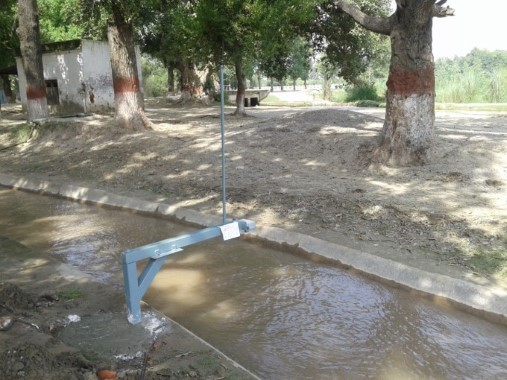
Canal Telemetry through Sonar Technology
Accurate and real-time reporting of water flow are critical to monitor the operations of our irrigation supply network. Using IoT-enabled technologies conceived and developed completely in-house, the Centre is helping regulatory authorities to monitor the activities at many critical sites across the Indus Basin Irrigation System. Read More
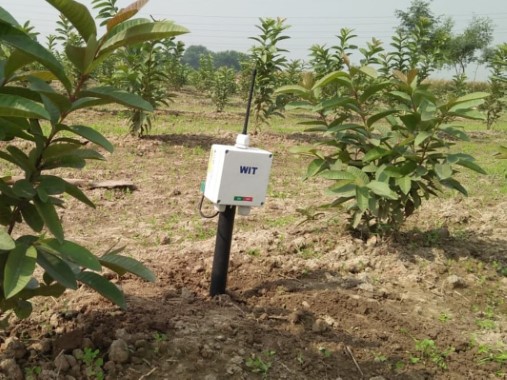
Soil Moisture Monitoring for Improved Agricultural Productivity
Accurate and real-time reporting of water flow are critical to monitor the operations of our irrigation supply network. Using IoT-enabled technologies conceived and developed completely in-house, the Centre is helping regulatory authorities to monitor the activities at many critical sites across the Indus Basin Irrigation System. [Read More]
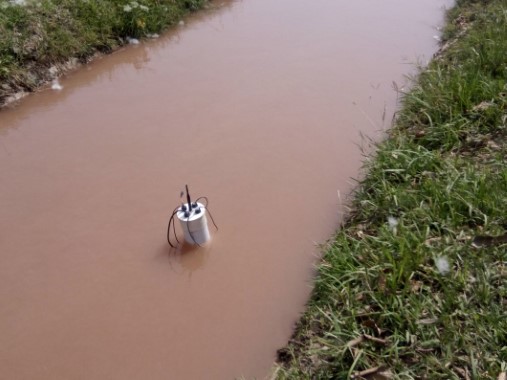
Water Quality Surveillance
In the absence of effective wastewater management infrastructure. wastewater from different sources like urban, untreated industrial waste, agricultural pesticides runoff, and animal waste may be dumped into canals, streams, and rivers. Our floating water quality sensors, developed indigenously at WIT form an integral part of our telemetry capability, and researchers at the Center continue to work on it to advance its design even further. [Read More]
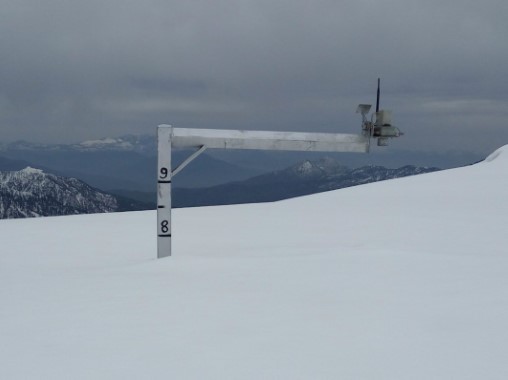
Snow Melt Monitoring for Flood Forecasting
Sudden flood events due to heavy precipitation in the northern areas cause loss to human lives and destroys infrastructure like roads and buildings. Sensing technologies for early detection of hydrological events such as flash floods and droughts have been developed indigenously at WIT. The deployed sensor network can be used to generate timely alerts for the local communities living in these areas in case of flash floods or droughts to mitigate its effects. [Read More]
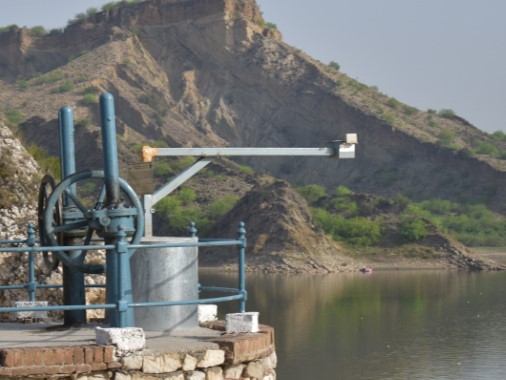
Flood Prediction in Small Dams through in-situ Sensing Technologies
Small dams carry immense socio-economic significance for the underlying population. Measurements of physical climate related quantities can prove very useful to predict hazardous events such as flash floods and droughts in the catchment area. Furthermore, mathematical models developed from such data can be used to effectively manage the reservoir in a manner that balances the often conflicting needs of all stakeholders involved. [Read More]

Air Quality Monitoring in Agricultural Fields
Plants require water, sunlight, and nutrients in order to grow properly. Ozone can cause substantial damage to many plants and crops which directly effects the potential yield of agricultural produce. WIT has developed and deployed sensor suites to gather measurements of ozone along with other climate and soil related data. These measurements are used to callibrate models that can predict the effect of air pollution on the potential crop yield in agricultural areas. [Read More]

Ground Water Recharge Interventions
Due to rapid urbanization and the water consumption increasing manifolds, groundwater reserves are at a threateningly low level and are constantly showing new levels of depletion annually. Through multiple collaborations, WIT is actively involved in efforts to replenish local groundwater aquifers with the help of various interventions which included rainwater harvesting and water recycling. [Read More]

Field Investigations of Nature-inspired Agricultural Practices
Unsustainable agricultural practices have put a question mark on the future of small scale farmers, with many struggling to keep their agricultural activities economically feasible. Nature-inspired sustainable agriculture has recently been put forward as a solution to the woes of small farmers. In order to study the feasibility of these practices, WIT has developed an agricultural testbed at LUMS equipped with precision sensing technologies under the supervision of renowned experts in modern agriculture. [Read More]

